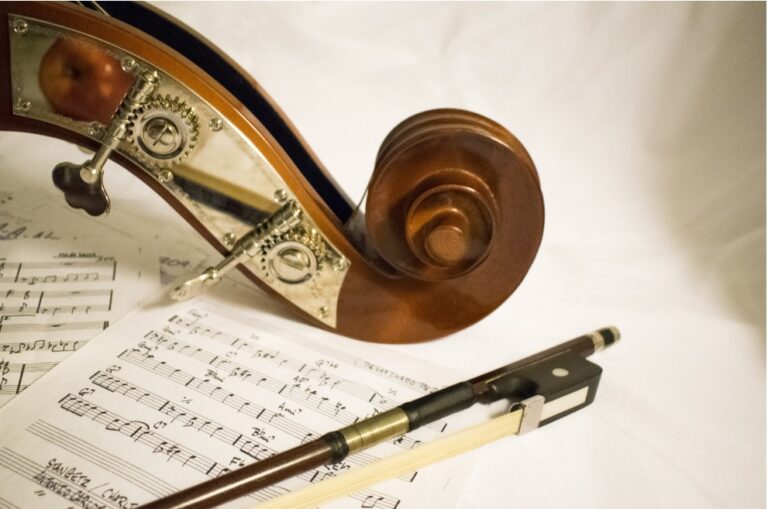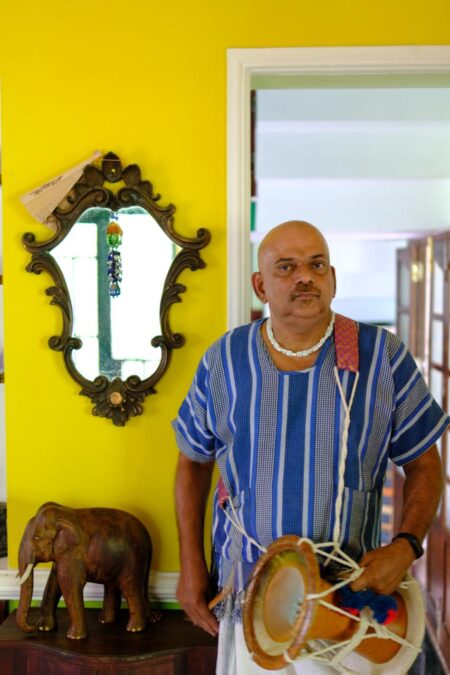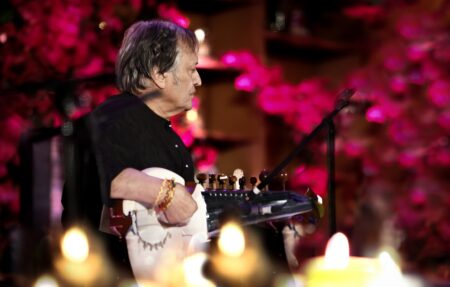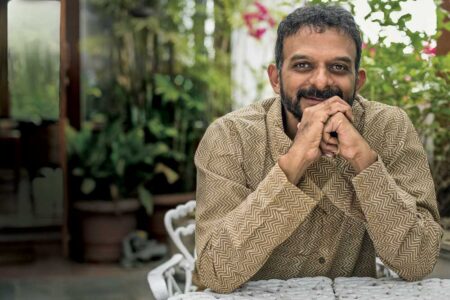There are many specific dos and don’ts that a musician should take care while singing manodharma music. Here are a few tips.
Ex-tempore music or Manodharma Sangitam, showing one’s creativity (Manas) within the parameters (Dharma) of the music system, is an integral part of Indian classical music.
An insightful and thought-provoking lecture by Chitravina N Ravikiran on Manodharma Vs Mano-adharma, arranged by Madhuradhwani, a Chennai-based Sabha, threw light on some of the dos and don’ts of Manodharma Sangeetham.
Quest for truth
Music means different things to different people. Ravikiran began by stating that for some, music is entertainment, for others a hobby or passion and, for a few others, it serves as their vocation.
However, at the end of the day, the aim of every music student is to be on the quest for the truth, which is synonymous with God.
There are a few common truths to every system of music, such as purity of note, command over rhythm, having a pleasing tone/voice, correct and pleasing pronunciation of lyrics, etc.. On the contrary, there are specific truths that apply to a particular system.

For example, in western classical music, all notes are equidistant, while in Hindustani and Carnatic music, their Shruti values are different. While we Indians emphasize straight notes, opera singers use a lot of vibrato.
Adherence to raga
One of the most important truths in the Hindustani and Carnatic systems is the adherence to raga. A raga is larger than all people who have sung/played it, all those who are singing/playing it, and all those who will be singing/playing it, put together.
It stands above mere personal tastes or the Gharana, for that matter. But its structure can vary. For example, some Gharanas do not advise the use of Pa in Bageshri, while others use it in some particular Prayogas.
Similarly, in Carnatic music, some schools use more of Kakali Nishadam or Ni 3 in Athana, than others (currently, the overall use of Ni3 and AntarGandharam/Ga3 has reduced considerably).
It is imperative for an artist to stick to a particular school of raga rendition for around 95 percent of the time. But he/she has to pay special attention not to mix all the schools together.
An artist can be influenced by a legend who is from another school. But his influence should be shown in such a way that it should not appear like mere aping. To stave this off, an artist must know what are the most recurring Sangatis as well as the VisheshaPrayoga, specific to a particular school.
Style Vs mistake
To stay loyal to the raga, one must know its signature phrases. For example, one cannot sing Sa Re Ga in Begada (as its signature phrase is Sa Ga Re Ga) just because it sounds beautiful. Another important thing is to know the exact sequence of notes in ascending/descending order. For example, many songs in Saurashtram contain phrases which defy the exact sequence of the Raga notes. In such cases, the artist is duty-bound to correct those Sangatis.
There are 2/3 ways to correctly sing a particular phrase. If an artist chooses one of them, it will be his style. However, if he sings something else, it is a mistake that should not be condoned by the artist himself or by the audience. Even if some legend makes a mistake, it does not give a license to a student to do the same. In short, one should be able to separate the wheat from the chaff or be like a Rajahansa, which can separate milk from water.
Raga alapana
While doing Raga Alapana, an artist should take care of the following:-
- Classification of the raga on the correct parent scale: Often there can be a doubt as to the correct Melakarta of a ragam. If we do not do the correct classification of such ragas, the projection will not be correct.
For example, Mohanam can be classified into either Kalyani, Vachaspati, Shankarabharanam, and Harikambodi. To determine one of these, we have to be aware of the oscillated and the plain notes in the Raga. To cut the long story short, based on the oscillated and plain notes in Mohanam, it should be classified in Kalyani. In Kalyani, every note can be oscillated, or can also be rendered plainly, depending upon the context.
Similarly, Begada should be classified as a Janya of Harikambodi, instead of Shankarabharanam, as KaishikiNishadam/Ni2 is more often used in it compared with KakaliNishadam/Ni3 (Ni3 is only used in fast phrases in Begada).
- Avoid overdoing Visheshaprayogas: In Reethigaula, the default phrase is Ga Ma NiNi Sa while phrases such as Ni Dha Ni Sa Re Sa, etc. should be used once in a while as overdoing will result in some other raga. There are certain non-default phrases used in some compositions as poetic license. But in Manodharma, they should be avoided for their failure to adhere to the raga structure.
- Beware of the exact oscillation and spacing of notes: Continuing the above ReithiGaula example, one must know that, Ri, and Dha should be rendered almost on Ga and Ni respectively. So even when someone is singing Ri, he/she should think of singing Ga to get the correct Shruti of Ri in that Raga.
It is also important to space the notes correctly in any phrase. A phrase may consist of slow, medium, and fast parts. Even in the first part of the phrase, the artist should be able to see/feel each and every note. Always avoid extra syllables, as fewer syllables will make the phrase classy. Also avoid harsh syllables like Ri (because it is a Swara syllable), Ra (since it sounds harsh), or La (since its too soft). Aa is the best syllable, along with Ta and Na.
- Do not give extra Karvai towards the end of any phrase, since it reveals a lack of confidence on the correct finishing of the phrase.
- Raga personality: Some Ragas like Sarasvati Manohari, KokilaDhwani, etc. depend on their exact sequence. Some Ragas can be developed by laborating various notes and some Ragas like Arabhi are assertive, while Ragas like Varali are Tranquil.
A student must develop a feel for the Raga, by listening to a lot of great artists, and practicing a lot.
Neravil
Neravil is the merger of raga bhava, rhythm, and lyrics. It is the convergence of creativity of the composer and the performing artist. While choosing the Neravil line, one should opt for a line that forms a complete sentence that conveys a positive thought and is good in melody. The line should consist of one or a maximum of two avartanas.
Care should be taken to pronounce the lyrics correctly and the composition structure should not be manipulated. In other words, each syllable of the line should fall on the exact bit of the rhythm as originally planned by the composer.
To begin with, a student should practice doing Neravil in one/two notes, which helps with better elaboration.
Thaanam
One should not use two nasal syllables like Num, one after another. One can say Tum multiple times, but should not say Num repeatedly. With practice, one can create multiple kinds of patterns, like +5, or 3+3+3+7 etc.
The essence of Manodharma is to be creative while being loyal to Raga and Tala, and by abiding by the requirements of Alapana/Neravil/Thaanam.
To accomplish this, one must inculcate Dharma (the correct things) through listening to great artists, learning from the right Guru, and with rigorous practice. Once someone masters Dharma, correct creative ideas will come to him/her. So, in other words, one’s creativity should reflect one’s depth of knowledge/practice.




